Fall Fishing Secrets for Bigger and Smarter Catches
As autumn leaves paint the landscape in fiery hues, a remarkable transformation occurs beneath the water’s surface. Fall presents one of the year’s most productive fishing seasons, with many species feeding aggressively to prepare for winter. Yet this transitional period demands specific techniques and knowledge that many anglers overlook. Water temperatures drop, fish behavior shifts, and the tactics that worked during summer often fall flat. In this comprehensive guide, we’ll explore the seasonal secrets that experienced anglers rely on to land impressive catches during autumn’s golden days. Whether you’re targeting bass, trout, or other game fish, these fall-specific strategies will help you maximize your success when many put their rods away for the season.
Understanding Fall Fish Behavior Patterns

As water temperatures gradually cool, fish metabolism undergoes significant changes that directly impact their feeding habits and location preferences. Most game fish species become increasingly active during this period, feeding heavily to build fat reserves for the leaner winter months ahead. This biological imperative creates a perfect opportunity for anglers, as fish often school more tightly and feed more aggressively than during summer’s heat. Bass, for example, will follow baitfish migrations into shallower waters, creating feeding frenzies that can produce multiple catches in rapid succession. Understanding that fall fish are primarily focused on efficient calorie consumption allows anglers to predict movement patterns and presentation preferences with greater accuracy.
The Thermocline Breakdown Effect

One of fall’s most significant yet underappreciated fishing phenomena is the breakdown of the thermocline—that distinct boundary between warmer surface water and cooler depths that develops during summer. As autumn progresses and surface temperatures drop, lakes “turn over,” eliminating this stratification and redistributing oxygen more evenly throughout the water column. This process fundamentally changes fish distribution patterns, often confusing anglers who don’t recognize the shift. During and immediately after turnover, fish may scatter temporarily as they adjust to changing conditions, making them temporarily harder to locate. Once waters stabilize, however, fish enjoy expanded habitat options with comfortable temperatures and oxygen levels in previously inhospitable zones, requiring anglers to expand their search areas accordingly.
Mastering Weather-Based Timing
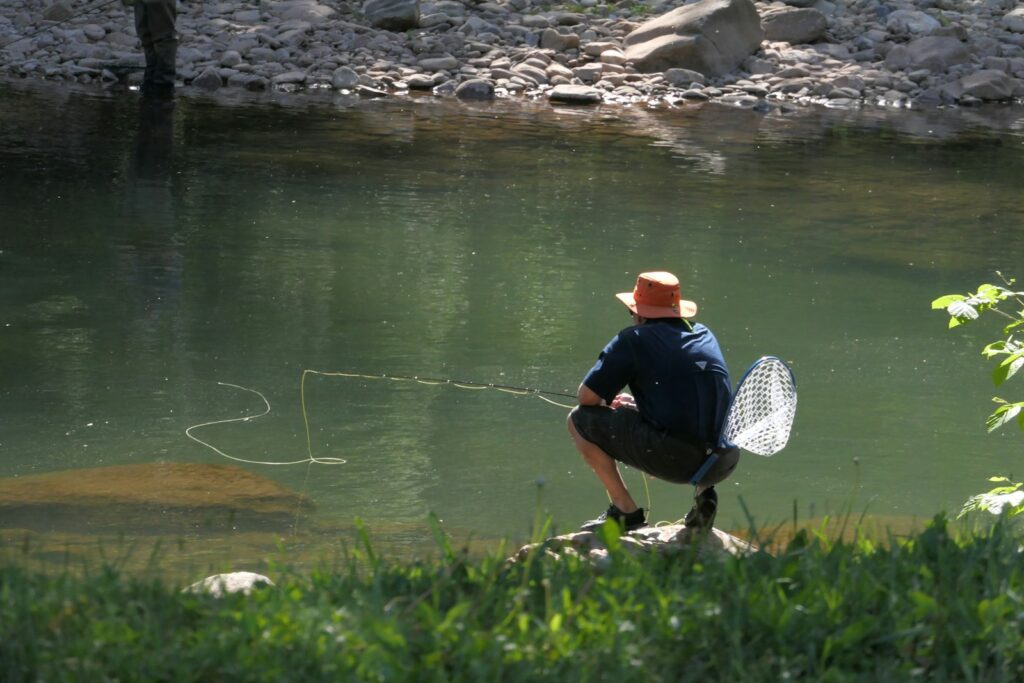
Fall weather patterns introduce volatility that directly impacts fishing success, making weather awareness a crucial skill during this season. Cold fronts become more frequent and typically trigger temporary slowdowns in fish activity as barometric pressure rises and temperatures drop suddenly. The savvy autumn angler learns to fish aggressively during the day or two before an approaching front when fish often feed most heavily. Conversely, immediately following a cold front, downsizing lures and slowing presentations become essential as fish typically become more lethargic and selective. Warming trends between fronts often create ideal conditions, particularly during mid-afternoon when the sun has had time to warm the shallows slightly, attracting both baitfish and predators.
Following the Baitfish Migration
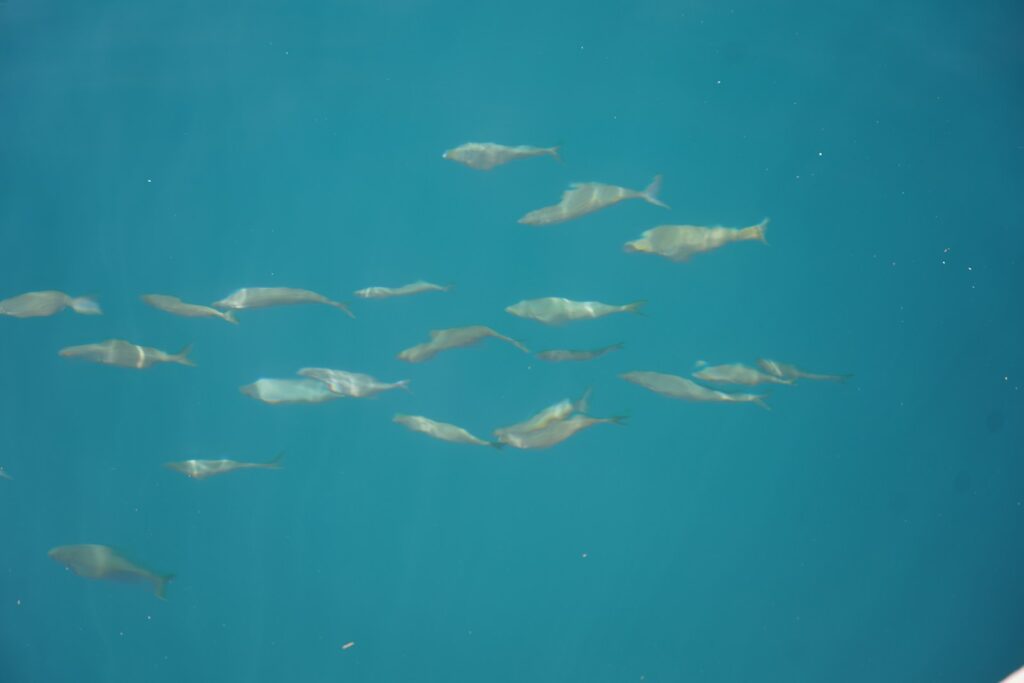
Perhaps no fall fishing strategy proves more consistently productive than identifying and following baitfish movements, as predatory fish will reliably track these food sources. In lakes and reservoirs, shad and other forage species typically migrate into creek arms and backs of coves as water temperatures cool, seeking slightly warmer water. This migration creates a domino effect, drawing gamefish like bass, crappie, and stripers into these same areas in pursuit of easy meals. Observant anglers can identify these baitfish concentrations by watching for surface activity, bird activity (particularly diving gulls), or using electronics to locate schools. Matching your lure selection to the predominant baitfish in both size and color becomes increasingly important during fall, when predators often key in on specific forage.
Lure Color Selection for Fall Conditions

Fall’s changing light conditions and water clarity demand thoughtful adjustments to lure color selection that many anglers overlook. As deciduous trees shed their leaves, tannins often leach into waterways, creating stained conditions that reduce visibility. Simultaneously, clearer skies and lower sun angles create sharper light penetration at certain times of day. For stained fall waters, high-contrast colors like chartreuse, white, and bright orange often trigger more strikes by increasing visibility. In clearer conditions, more natural patterns that precisely match local forage become advantageous, with silver, gold, and translucent finishes excelling on sunny days. The addition of orange or red accents to lures can prove particularly effective in fall, as these colors appear to trigger competitive or aggressive responses in many gamefish species.
Precision Casting for Autumn Structure
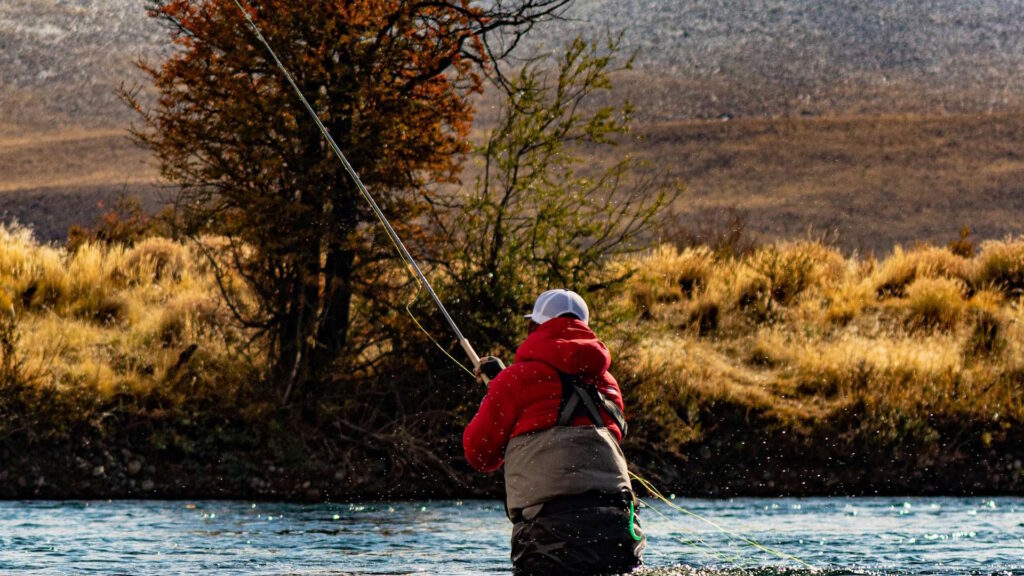
Fall fishing success often depends on increased casting precision as fish relate more tightly to specific structure during this transitional period. With water levels frequently dropping in many reservoirs and lakes during autumn, previously submerged structures become more concentrated and defined, creating premium ambush points for predatory fish. Rocks that retain heat become particularly productive as they warm the surrounding water slightly, attracting both baitfish and predators during cooler weather. Fallen trees and stumps that provide both cover and ambush positions see increased fish concentration as winter approaches. Developing the ability to place casts within inches of these structural elements without snagging becomes a distinguishing skill between occasional and consistent fall anglers, often requiring practice with both overhead and sidearm casting techniques for different situations.
Speed Adjustments for Cooling Waters
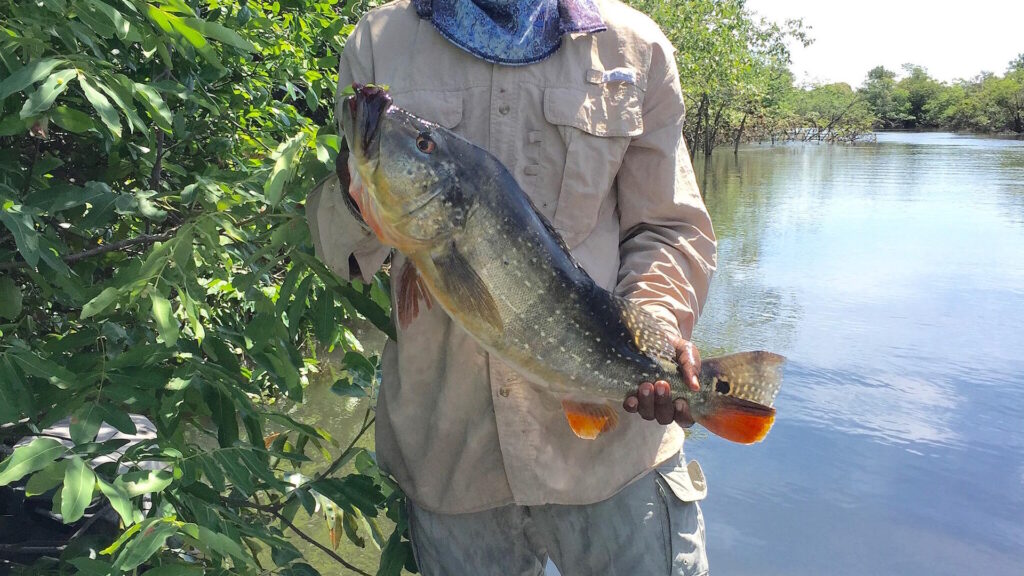
As water temperatures gradually decline through fall, fish metabolism changes necessitate corresponding adjustments to retrieval speeds and presentation pace. While early fall may still support relatively active presentations, most species become increasingly deliberate in their feeding as waters cool below the 60°F mark. Bass anglers often find success by slowing their typical retrieval rate by about 30 percent from summer speeds, allowing fish more time to commit to strikes. For species like walleye and pike, this slowdown becomes even more pronounced, with pauses and dead-sticking techniques gaining effectiveness as temperatures drop further. However, this general rule requires context—brief warming trends or actively feeding schools may temporarily support faster presentations, making it essential to experiment with retrieval speeds during each outing rather than rigidly adhering to a single approach.
Fall River Fishing Tactics
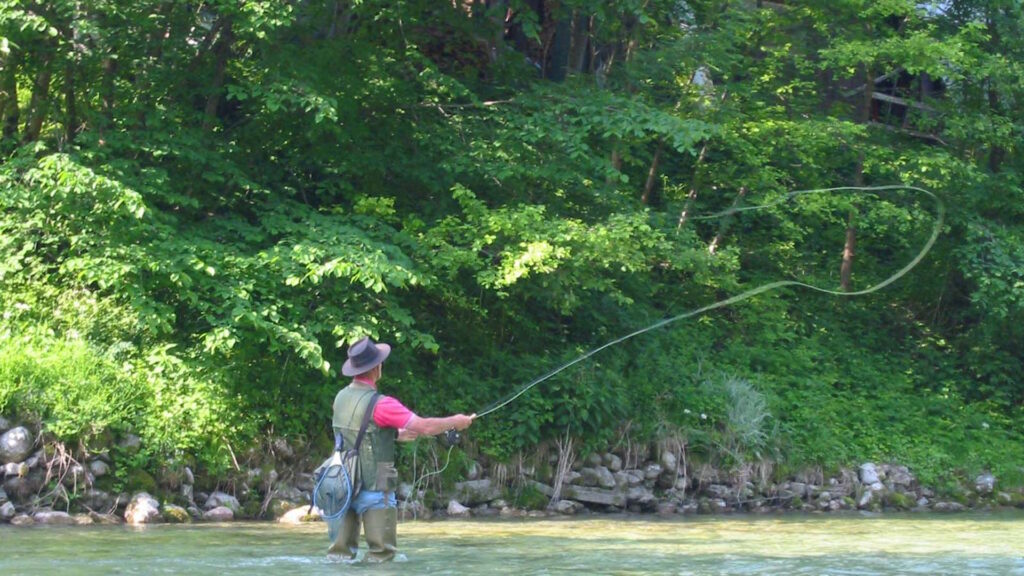
River systems present unique fall fishing opportunities as changing water levels, clarity, and temperature create distinctive patterns different from lake environments. Many river-dwelling species, particularly trout and salmon, begin spawning migrations during fall months, concentrating in predictable areas and often becoming more aggressive as hormonal changes trigger territorial behavior. Lower water levels typical of autumn expose previously inaccessible structure, creating new casting lanes to productive holes and runs. Current seams—those boundaries between faster and slower water—become especially productive as fish seek to minimize energy expenditure while maintaining feeding positions. When fishing rivers in fall, focus particular attention on deeper pools, which provide thermal stability as temperatures fluctuate more dramatically between day and night.
Trophy Potential: Timing the Pre-Winter Feed
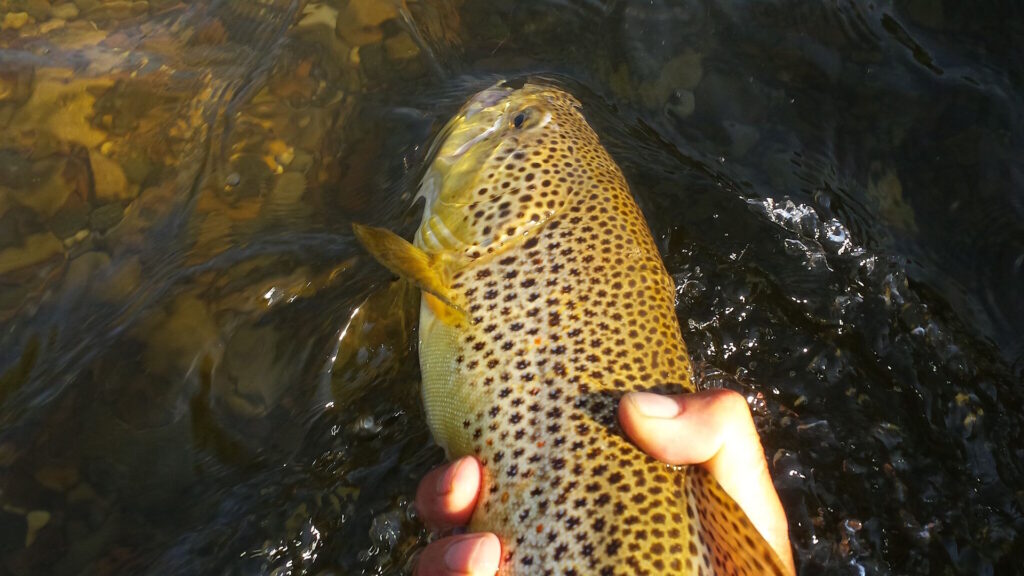
For anglers pursuing trophy-class fish, fall offers perhaps the year’s greatest opportunity as the largest specimens often feed most aggressively before winter’s arrival. Trophy predators, which may have been relatively inactive during summer’s heat, recognize the biological necessity of adding substantial weight before food becomes scarcer. This instinct frequently overcomes their typically cautious nature, creating brief windows when truly exceptional fish become more vulnerable to anglers. This pre-winter feeding intensity typically peaks during the period when water temperatures fall through the 50s (Fahrenheit) for most temperate species. During this optimal window, utilizing larger profile baits that represent maximum calorie value can specifically target bigger fish while discouraging strikes from smaller specimens. For dedicated trophy hunters, focusing fishing efforts during dawn and dusk periods during this temperature range often produces the season’s most memorable catches.
Essential Gear Modifications for Fall Success

Fall’s changing conditions necessitate specific gear adjustments that can significantly impact fishing success rates beyond mere technique changes. Line selection becomes particularly important as water clarity often changes dramatically—fluorocarbon’s near-invisibility proves advantageous in clearer conditions, while braided lines with appropriate leaders offer better control when fishing around increased structural elements like laydowns and brush. Switching to slightly heavier leader material often proves prudent as fish become more aggressive and abrasion against structure becomes more likely. Rod selection may require adjustment toward more sensitive models as fish strikes frequently become more subtle with falling temperatures. Terminal tackle deserves particular attention, with many experienced anglers switching to premium hooks with slightly wider gaps to accommodate the bulkier baits often employed during fall feeding periods.
Electronics Utilization for Fall Fish Location
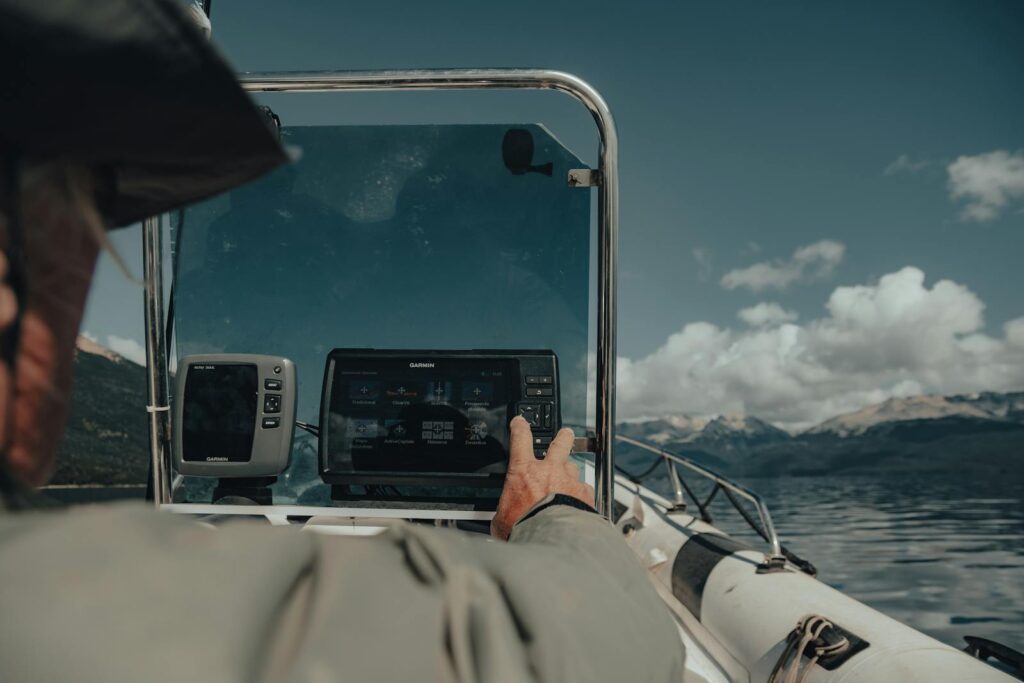
Modern fish-finding technology becomes exceptionally valuable during fall when fish locations shift more frequently and traditional patterns become less reliable. Side-imaging sonar proves particularly effective for locating the baitfish schools that dictate predator positioning during this season, often revealing concentrations that would be missed by traditional down-looking sonar alone. GPS technology allows precise marking of productive areas that may be revisited as fish frequently use the same staging areas year after year during specific temperature ranges. Water temperature gauges, whether standalone or integrated into other electronics, become essential tools for tracking the cooling progression and identifying those prime temperature ranges when feeding activity peaks. For anglers with access to fishing-specific weather applications, correlating barometric pressure trends with catch rates can reveal highly productive windows between frontal systems.
Species-Specific Fall Approaches

While general fall patterns apply broadly, each gamefish species responds to autumn’s arrival with unique behavioral changes that savvy anglers can exploit. Largemouth bass typically migrate from deeper summer haunts toward creek channels and flats, making crankbaits and spinnerbaits particularly effective when matched to baitfish colors. Smallmouth bass often school more aggressively in fall, with drop-shot rigs and swim baits in crawfish patterns producing consistent results around rocky structure. Walleye fishing often peaks during fall as these predators follow baitfish migrations to structural elements like points and bars, responding well to jigging presentations with substantial pauses. Trout species become more active as water temperatures cool to their preferred range, with streamers and larger nymphs proving effective as they feed more opportunistically. Understanding these species-specific tendencies allows anglers to tailor their approach rather than applying generic seasonal tactics.
Conclusion
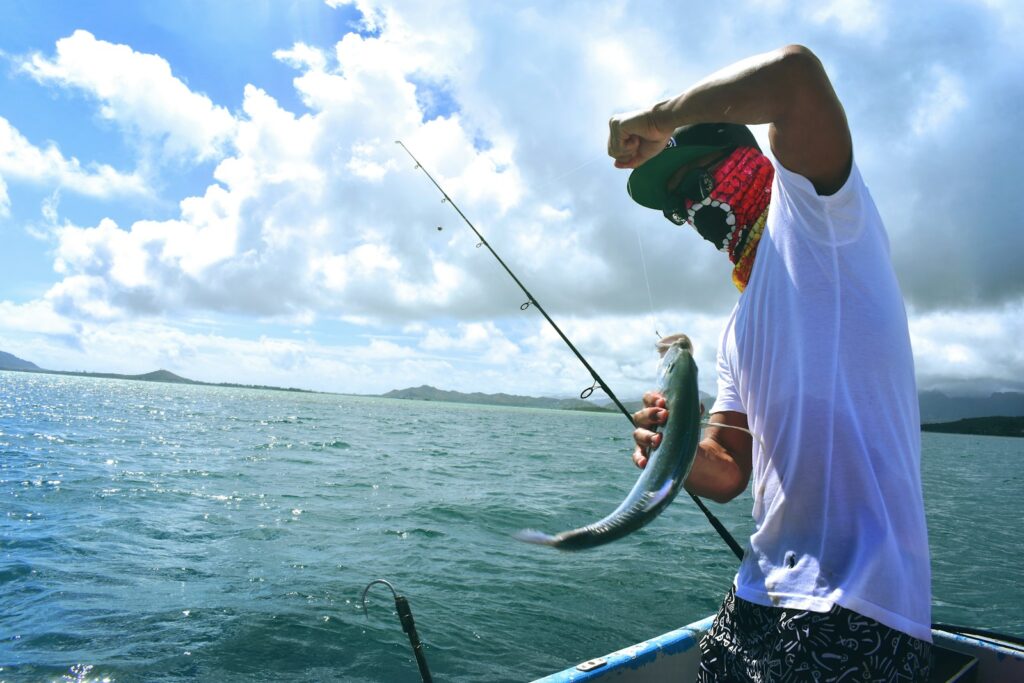
Fall’s dramatic transformation of both landscapes and waterscapes creates a magical period for those anglers willing to adapt their approaches. By understanding the biological imperatives driving fish behavior, tracking temperature and weather patterns, and adjusting presentations accordingly, autumn can provide some of the year’s most productive and memorable fishing experiences. As waters cool and fair-weather anglers store their gear, dedicated fishermen find fewer crowds and often bigger catches. The keys to fall fishing success lie in staying mobile until productive patterns emerge, remaining observant of environmental changes, and willingly abandoning summer tactics when they no longer produce. Master these seasonal adjustments, and you’ll discover why many experienced anglers consider autumn not the end of the fishing season, but rather its most rewarding chapter.




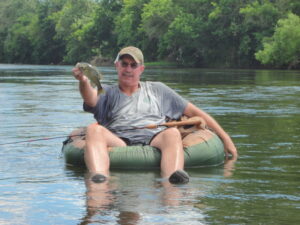
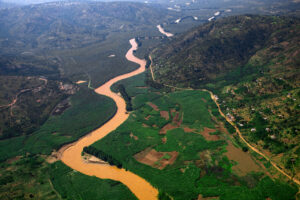








Post Comment